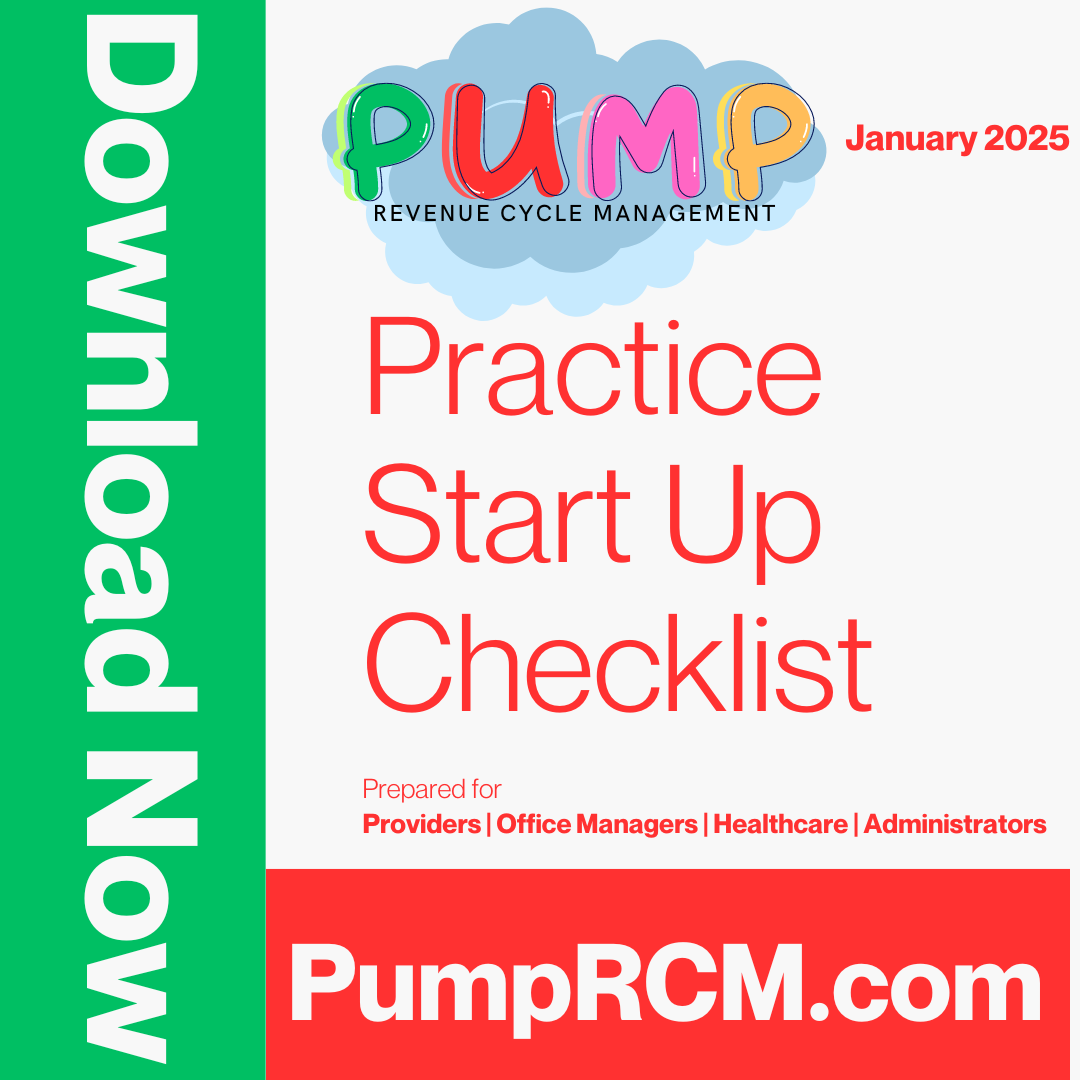Comprehensive Healthcare RCM for Improving Patient Billing and Payments
Wiki Article
A Comprehensive Guide on Just How Healthcare RCM Functions to Enhance Billing and Collections
Navigating the complexities of medical care profits cycle management (RCM) is essential for companies aiming to improve their billing and collections procedures. The guide unboxes the ins and outs of RCM, from client enrollment to balance dues monitoring, providing understandings into enhancing each step. Incorporating advanced innovation and standardized treatments can considerably lower insurance claim rejections and speed up settlement cycles. Yet, truth difficulty depends on flawlessly merging these components to increase money circulation. As we check out the core parts and techniques that drive performance, one question stays: exactly how can health care entities best setting themselves to prosper financially in an ever-evolving sector?Comprehending Earnings Cycle Management
RCM is a vital management function that includes the entire economic procedure of individual treatment, from the first appointment setting to the final repayment of the balance. It is an intricate treatment created to determine, collect, and take care of the profits from the solutions supplied to clients.The RCM procedure begins when a person schedules an appointment and expands with the patient's treatment trip, consisting of payment and collections. A crucial objective is to minimize the time between getting and providing a solution payment, hence improving the organization's economic health and wellness. RCM includes numerous functions such as individual registration, insurance policy verification, cost capture, coding, declares submission, repayment uploading, and taking care of denials and allures.
Key Parts of RCM
In the world of Profits Cycle Management (RCM), comprehending its vital parts is essential to attaining financial efficiency within health care companies. RCM is an extensive process that encompasses various phases, each critical to making certain efficient invoicing and collections. The key parts consist of patient registration, insurance coverage verification, cost capture, coding, case entry, settlement publishing, and balance due administration.

When coded, cases are sent to payers, where accuracy is vital to stay clear of beings rejected or hold-ups - Healthcare RCM. Settlement uploading entails recording the gotten repayments, which enables the settlement of accounts. Finally, balance dues administration focuses on monitoring and resolving overdue cases, making certain timely follow-up and resolution
Each component of RCM is adjoined, and inadequacies in any type of component can interfere with the whole cycle. As a result, understanding these elements is essential for doctor to enhance income and enhance their economic wellness.
Approaches for Reliable Invoicing

Systematizing payment procedures across the organization is an additional essential strategy. Developing clear standards for documents, coding, and submission aids keep consistency and compliance with governing needs. Educating personnel frequently on these treatments ensures everybody is up-to-date with the newest modifications in payment codes and payer plans.
Accurate cost capture is vital in avoiding revenue leakage. Carrying out regular audits and surveillance systems permits for the identification and adjustment of disparities before they influence earnings. Furthermore, keeping open lines of communication with payers helps to promptly solve any disputes or misunderstandings that may emerge.

Last but not least, interesting individuals early in the billing procedure by supplying clear estimates and instructional products concerning their economic responsibilities can substantially reduce complication and boost payment timeliness. These methods collectively contribute to a more reliable and economically healthy and balanced billing system.
Enhancing Collections Processes
A durable collections process is important for keeping financial stability within health care organizations. Given the intricacies of clinical billing and the variety of payer demands, improving the collections process involves navigate to this website applying critical steps that ensure timely and precise repayment of solutions provided. Central to this is the usage of modern technology to automate and enhance procedures, decreasing hand-operated errors and boosting efficiency. Automation tools can assist in tracking claim statuses, sending prompt tips to clients, and taking care of denials extra efficiently.Training personnel to understand the nuances of insurance plan and billing codes is similarly crucial. This knowledge empowers them to attend to invoicing disparities promptly and interact properly with people concerning their economic duties. Furthermore, transparent and clear client interactions are vital. Offering comprehensive descriptions of costs and offering adaptable repayment strategies can boost client fulfillment and punctual settlements.
Routine audits of the collections procedure ought to be conducted to identify areas for improvement and make sure conformity with guidelines. By evaluating data, health care companies can identify fads, expect possible issues, and adjust strategies appropriately (Healthcare RCM). Eventually, a well-enhanced collections process not just supports monetary wellness but additionally contributes to a more smooth experience for individuals and personnel alike
Optimizing Income Streams
Structure upon the structure of a strong collections procedure, healthcare organizations can even more reinforce their financial stability by strategically maximizing revenue streams. This involves a multi-faceted approach, beginning with a thorough analysis of existing profits resources to recognize inadequacies and locations for development. Employing sophisticated information analytics devices enables companies to acquire insights right into payer mix, person demographics, and solution application patterns, enabling data-driven choices that enhance income capture.Executing automated billing systems can significantly decrease errors and accelerate claims refining, making certain that earnings is accumulated a lot more successfully. Additionally, enhancing payer contracts with normal arrangements can improve compensation prices and terms, directly affecting the bottom line. Diversifying solution offerings, such as including telehealth or wellness programs, can likewise attract a broader individual base, hence increasing income capacity.
One more critical part is boosting individual interaction and fulfillment, as satisfied patients are most likely to stick to therapy plans and make timely settlements. Offering versatile settlement options and clear payment techniques can boost collections and foster patient loyalty. Healthcare RCM. By adopting these strategies, health care organizations can create a more resistant monetary structure, guaranteeing sustained development and security in an ever-changing sector landscape
Conclusion
Finally, health care Profits Cycle Management (RCM) plays an essential function in maximizing invoicing and collections processes by incorporating key elements such as individual registration, insurance verification, charge capture, coding, asserts submission, and balance due administration. By utilizing advanced innovation, standardizing procedures, and promoting client involvement, medical care carriers can substantially lower claim rejections, accelerate settlement cycles, and enhance capital. This comprehensive strategy to RCM eventually causes improved financial effectiveness and sustainability for medical care organizations.The RCM process begins when a person timetables an appointment and extends with the individual's care journey, including invoicing and collections.Another essential component is enhancing patient interaction and complete satisfaction, as pleased individuals are extra likely to adhere to treatment plans and make prompt settlements. Supplying flexible payment options and transparent payment practices can improve collections and foster patient loyalty.In useful source conclusion, health care Profits Cycle Monitoring (RCM) plays a critical duty in optimizing invoicing and collections processes by integrating key components such as client registration, insurance verification, fee capture, coding, asserts entry, and accounts receivable administration. By utilizing advanced innovation, standardizing procedures, Discover More and fostering person involvement, healthcare service providers can considerably reduce case rejections, increase repayment cycles, and enhance cash money circulation.
Report this wiki page